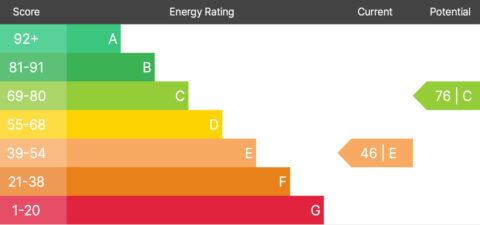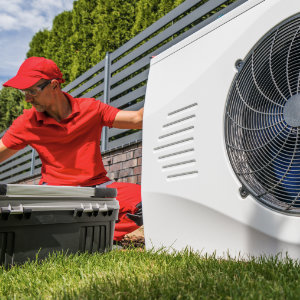Every purchasing decision we make has an impact on the environment. By choosing an ‘Ethical Retailer’ you may be able to reduce your own impact. We have prepared a list of Green/Energy Efficient retail sites below. Please let us know how you get on.
- Centre for Alternative Technology – Practical solutions to 21st century problems
- Ecology Building Society – offers ethical savings accounts and green mortgages for properties that benefit the environment
- Greener Style
- Homes in Harmony – A website dedicated to the natural home, offering ideas, advice and information, coupled with a selected range of products and materials.
- The Green Shop
For further information on ethical suppliers please follow these links:
If you are a Green/Ethical Retailer and would like to appear here please contact us now.
Concerned about Global Warming? Take a look at these campaigners sites:
Green directories and link sites:
Are you looking for a different venue for your next conference?
- Green & Away is Europe’s only tented conference centre – a fully serviced event venue, in the form of an inspirational and environmentally sustainable village – available for hire.









